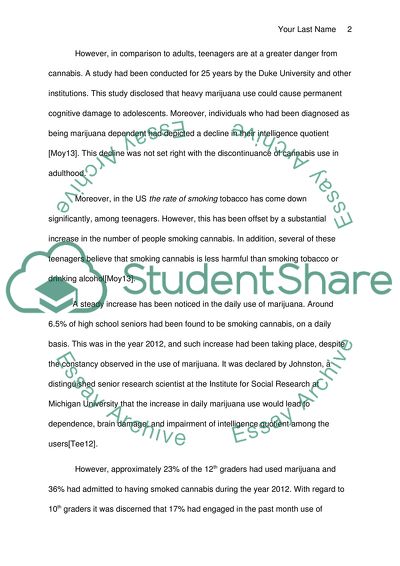Cite this document
(The Problem of Marijuana Abuse Term Paper Example | Topics and Well Written Essays - 3000 words, n.d.)
The Problem of Marijuana Abuse Term Paper Example | Topics and Well Written Essays - 3000 words. https://studentshare.org/law/1831161-solution-for-us-social-problem-research-paper
The Problem of Marijuana Abuse Term Paper Example | Topics and Well Written Essays - 3000 words. https://studentshare.org/law/1831161-solution-for-us-social-problem-research-paper
(The Problem of Marijuana Abuse Term Paper Example | Topics and Well Written Essays - 3000 Words)
The Problem of Marijuana Abuse Term Paper Example | Topics and Well Written Essays - 3000 Words. https://studentshare.org/law/1831161-solution-for-us-social-problem-research-paper.
The Problem of Marijuana Abuse Term Paper Example | Topics and Well Written Essays - 3000 Words. https://studentshare.org/law/1831161-solution-for-us-social-problem-research-paper.
“The Problem of Marijuana Abuse Term Paper Example | Topics and Well Written Essays - 3000 Words”. https://studentshare.org/law/1831161-solution-for-us-social-problem-research-paper.


